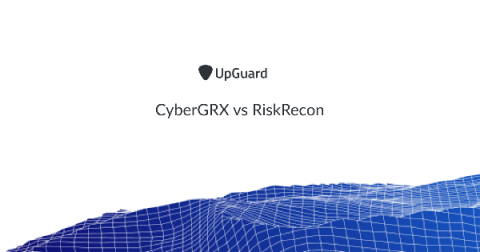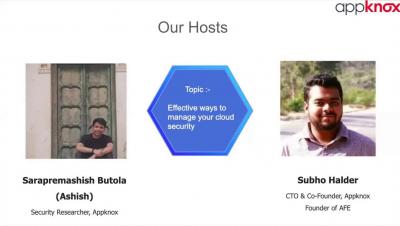CyberGRX vs RiskRecon Comparison
Outsourcing, digitization, and globalization have led to new products and services, increased specialization, lower costs, and better access for customers and organizations alike. They've also introduced significant cyber risk, particularly the risk of unintended data exposure in the form of a data breach or data leak. In fact, a recent study by the Ponemon Institute and IBM put the average cost of a data breach at $3.92 million.











